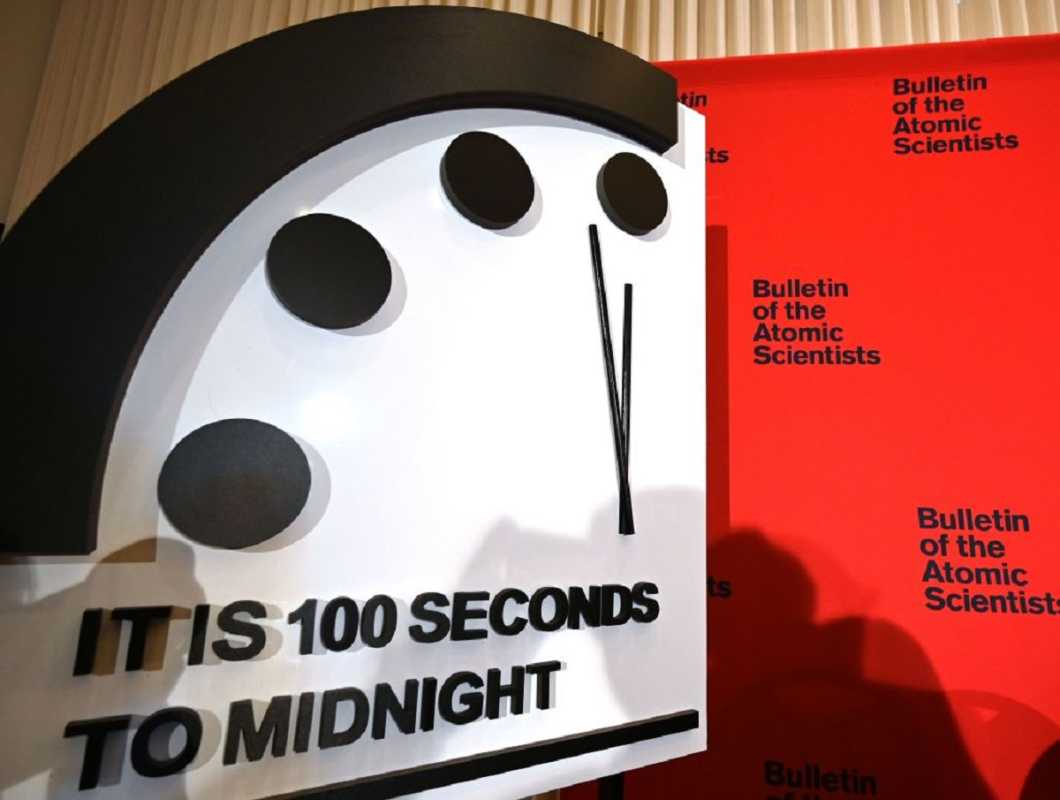World
Scientists Set to Reveal How Close Humanity is to Doomsday as Doomsday Clock Nears Midnight

As humanity faces ongoing conflicts, the threat of artificial intelligence, and the use of disinformation campaigns, scientists are preparing to unveil their latest assessment on how close we are to self-annihilation. The Doomsday Clock, which serves as a metaphor for our vulnerability to global catastrophe caused by manmade technologies, will be updated today by the Bulletin of the Atomic Scientists.
The Doomsday Clock, which was established in 1947 and includes experts in nuclear risk, climate change, and disruptive technologies, currently stands at 100 seconds to midnight. This is the closest it has ever been to midnight since its launch. The clock’s time is adjusted each year based on scientists’ evaluation of existential threats.
During this year’s update, scientists will evaluate various global perils, such as the proliferation of nuclear weapons, the Russian-Ukraine war, the Israel-Hamas conflict, artificial intelligence, bio-threats, the continued climate crisis, and state-sponsored disinformation campaigns. These threats have the potential to push the clock either closer to midnight or further away.
Last year, the Doomsday Clock was moved to 90 seconds from 100 seconds until midnight. This was mainly influenced by the Russian invasion of Ukraine and the escalating nuclear risk. Additionally, the climate change crisis and the COVID-19 pandemic played a role in the adjustment.
The symbolic Doomsday Clock was created by a group of atomic scientists in 1947, including renowned physicist Albert Einstein. The clock’s minute hand has been adjusted 25 times since its inception. It was designed to raise awareness about the threats posed by humanity’s advancements in technology, particularly nuclear weapons.
Today’s announcement will be livestreamed at 10 a.m. ET, featuring renowned science educator Bill Nye and Rachel Bronson, the president and CEO of the Bulletin of the Atomic Scientists. The clock’s setting has garnered attention worldwide, with references made by leaders such as the White House, Kremlin, and many other nations. Notably, the likes of Robert Oppenheimer and Albert Einstein have been associated with the Bulletin of the Atomic Scientists.












